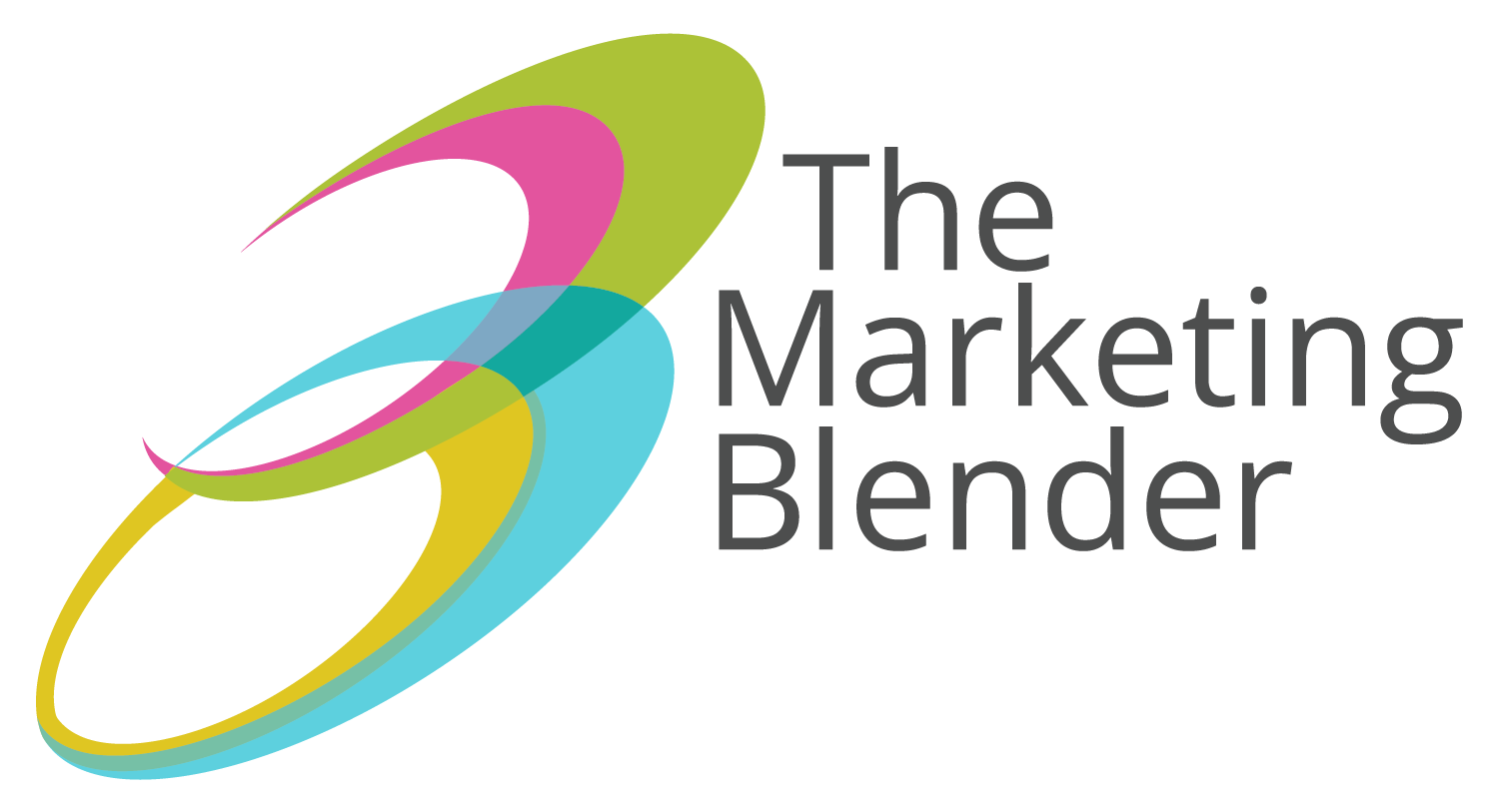Are your B2B lead generation efforts feeling a bit…underwhelming? Maybe your pipeline is sputtering, or the leads you do get just aren’t ready to buy. You are not alone. For innovative B2B companies or those with complex selling environments, traditional lead generation tactics often fall short. Sometimes the market doesn’t even know it needs what you’re selling. They haven’t discovered the problem, or they don’t understand the potential of your groundbreaking solution. Or, they simply don’t know about YOUR brand. That’s where b2b demand generation comes in.
Demand generation isn’t just about filling your sales funnel – it’s about priming the market, educating your audience, and positioning yourself as the go-to authority before they even start looking for solutions. Let’s explore the difference between lead generation and demand generation, reveal when demand gen is the missing piece of your puzzle, and share actionable tips to build a strategy that makes your market crave what you have to offer.
Understand the B2B Demand Generation Landscape
Yes, you need leads. But what happens when your target audience doesn’t even realize they have a problem, much less that your innovative product or service is the solution? That’s where demand generation steps in, filling a crucial gap that traditional lead generation can’t reach.
At its core, demand generation is the art and science of creating a desire for your offerings. It’s about sparking curiosity, educating potential customers, and ultimately, building a market that’s hungry for your solutions. This strategic approach involves a multi-faceted effort, focusing on increasing awareness, fostering understanding, and ultimately stimulating desire for your product or service.
Demand generation is distinct from lead generation, which targets prospects who are already aware of their problem and actively seeking solutions. Demand generation begins upstream, cultivating interest and educating the market before they even enter the traditional sales funnel. This is especially crucial for innovative B2B companies whose products or services may be entirely new concepts to the market.
“Demand generation is generating interest in the idea of your brand… before you ever sell them on your product or service. This means focusing on building brand awareness, educating the market about their pain points, and positioning yourself as the trusted authority long before a sales conversation even begins.” – Daisy McCarty, Fractional CMO and Cohost of The Marketing Blender Show
Know Your Ideal Customer
Before you can generate demand, you need to understand who you’re generating it for. This goes far beyond basic demographics like industry or company size. To truly ignite demand, you need to step into the shoes of your ideal customers and understand their world. This means creating in-depth buyer personas that delve into their psychographics – their motivations, pain points, aspirations, and decision-making processes.
What are their biggest challenges or their hopes and dreams at work? What sources do they trust for information? Who influences their purchasing decisions? By understanding these nuances, you can craft messaging and content that speaks directly to their needs and desires, making your demand generation efforts far more effective.
Tip: Don’t rely on guesswork or broad assumptions. Conduct thorough research through interviews, surveys, and social listening to gain a deep understanding of your target audience. The more granular your understanding, the more laser-focused your demand generation campaigns can be.
For instance, if your ideal customer is a CTO struggling to keep up with technological advancements, your demand generation content could focus on the risks of falling behind the competition, the benefits of embracing new solutions, and how your product specifically addresses their pain points. By tailoring your message to their specific needs, you’ll capture their attention and establish yourself as a trusted partner in their journey towards a solution.
Map the Pre-Buyer Journey
Demand generation isn’t about bombarding your audience with sales pitches right out of the gate. It’s a strategic process that guides potential customers through a journey of awareness and discovery, ultimately leading them to a point where they’re ready to engage with your sales team.
Think of it as a map with several key stages:
- Problem Recognition: The prospect realizes they have a challenge or pain point.
- Solution Exploration: They start researching potential solutions and learning about the options available.
- Vendor Consideration: They narrow down their choices and evaluate specific vendors, including you.
Tip: Create a visual map of this pre-buyer journey, outlining the different stages and identifying the types of content and messaging that resonate at each point. This will help you create a targeted demand-generation strategy that meets your prospects where they are and guides them toward your solution.
For example, at the problem recognition stage, your content might focus on raising awareness of the issue, providing data and insights to highlight its impact, and offering educational resources to help prospects understand the root causes. As they move into solution exploration, you can shift your focus to showcasing your expertise, thought leadership, and the unique value proposition of your product or service.
What motivates B2B buyers? See our list here.
Compelling Content: The Fuel of B2B Demand Generation Marketing
Content is the lifeblood of any demand generation strategy. It’s the vehicle through which you educate your audience, spark their interest, and position your brand as the authority in your space. Your content needs to be compelling, informative, and tailored to your ideal customer’s needs at each stage of their awareness journey.
Consider these content types to fuel your demand generation engine:
- Proprietary Research & Reports: Showcase your expertise by conducting original research and publishing insightful reports. Data-driven insights are highly valued by B2B audiences and can establish your brand as a thought leader.
- Thought Leadership Articles & Blogs: Share your unique perspective on industry trends, challenges, and solutions. Offer valuable insights and practical advice that resonates with your target audience.
- Engaging Social Media Posts: Spark conversations, share industry news, and interact with your audience on social platforms. Use visuals, polls, and questions to encourage engagement and build relationships. Read our blog on B2B social selling for tips.
- Webinars & Videos: Provide in-depth educational content and demonstrate your product or service in action. Webinars offer a platform for live interaction and Q&A, further establishing your expertise.
“If you’re doing it well, your competitors’ demand generation efforts are actually just going to give you more visibility.” – Dacia Coffey, Blender CEO
By consistently creating high-quality content that addresses your audience’s needs, you not only educate and engage them but also set yourself apart from the competition.
Want to see trends in demand gen? See research and statistics here.
Leverage Multiple Channels for B2B Demand Generation
The B2B buyer’s journey isn’t linear. Your prospects might discover your brand through a thought leadership article, engage with you on LinkedIn, and then attend a webinar before finally reaching out to your sales team. That’s why a multi-channel demand generation strategy is crucial. By leveraging a variety of channels, you increase your reach, reinforce your message, and meet your audience where they’re most likely to engage.
Consider these channels for your B2B demand generation arsenal:
- Social Media: LinkedIn, Twitter, and even industry-specific forums are prime locations for sharing thought leadership, engaging in conversations, and building relationships with potential customers.
- Email Marketing: Targeted email campaigns can deliver valuable content directly to your prospects’ inboxes, nurturing them through the awareness journey.
- Search Engine Optimization (SEO): Optimize your website and content for relevant keywords to ensure your brand appears in organic search results when prospects are researching solutions.
- Paid Advertising: Use targeted ads on platforms like Google and LinkedIn to reach a wider audience and drive traffic to your website or landing pages.
- Public Relations: Secure media coverage and speaking engagements to position your brand as a thought leader and gain credibility in your industry.
- Industry Events and Trade Shows: Attend relevant events to network with potential customers, share your expertise, and generate leads. Go here for tips on not wasting money when you do trade shows.
Tip: Don’t try to be everywhere at once. Start by experimenting with a few channels that align with your target audience’s preferences and where they spend their time online. Track your results and adjust your strategy based on what’s working best. The goal is to create a cohesive ecosystem where each channel reinforces the others, amplifying your message and maximizing your reach.
Strategic Partnerships and Amplify Your Reach and Credibility
Two heads (or brands) are often better than one when it comes to demand generation. By forming strategic partnerships with other businesses, influencers, or industry experts, you can tap into their existing audience, credibility, and reach, accelerating your own demand generation efforts.
Consider these types of partnerships:
- Influencer Collaborations: Partner with thought leaders and industry experts who have a strong following in your target market. Co-create content, host webinars together, or have them endorse your product or service to their audience.
- Complementary Brand Partnerships: Team up with businesses that offer complementary products or services to your own. This allows you to cross-promote each other’s offerings to a wider audience and leverage each other’s strengths.
- Industry Associations and Organizations: Collaborate with industry associations or organizations to gain access to their network, participate in events, and co-create content that reaches a larger audience.
Tip: When selecting partners, focus on those who share your target audience and brand values. This will ensure a natural fit and maximize the impact of your collaboration.
By strategically aligning with other businesses and influencers, you can expand your reach, tap into new markets, and establish your brand as a trusted authority in your industry. These partnerships can significantly accelerate your demand generation efforts and drive more qualified leads into your pipeline.
Measure and Optimize Demand Generation: B2B Data-Driven Path to Success
Demand generation isn’t a “set it and forget it” strategy. It requires continuous monitoring, analysis, and refinement to ensure you’re getting the most out of your efforts. By tracking key metrics, you can identify what’s working, what’s not, and where you can make improvements to drive better results.
Key Metrics to Track:
- Website Traffic: Are your demand generation efforts driving more visitors to your website?
- Engagement: How long are visitors staying on your site, and what content are they interacting with?
- Lead Generation: How many leads are you capturing through your various channels?
- Conversion Rates: What percentage of your leads are moving through the sales funnel and becoming customers?
Tip: Leverage analytics tools like Google Analytics and CRM platforms to track and analyze your data. Set up clear goals and benchmarks to measure your progress and identify areas for improvement.
B2B Demand Generation Starts Now…and Never Stops
Don’t start what you can’t finish. Evaluate your resources, timeline, and impact. This means being realistic about your expectations and having a clear plan for measuring and optimizing your demand generation strategy over time. Demand generation is a marathon, not a sprint. It requires a strategic, data-driven approach and a commitment to continuous improvement. But the rewards – a steady stream of qualified leads, increased brand authority, and a market primed for your offerings – are well worth the effort.
Ready to ignite demand for your B2B solutions? Schedule a discovery call with Blender today and let’s transform your marketing efforts into a powerful demand generation engine.



